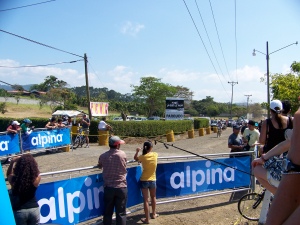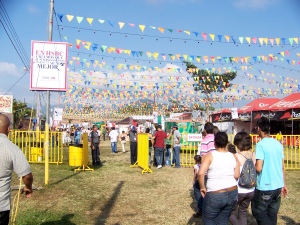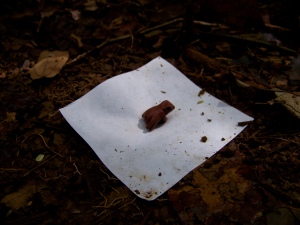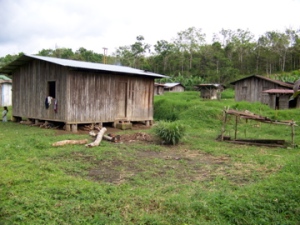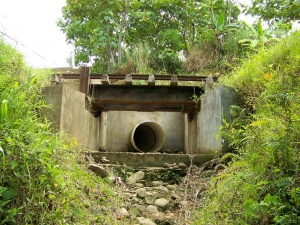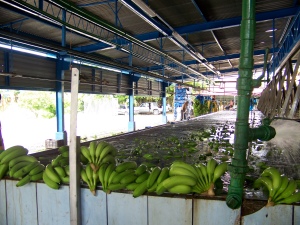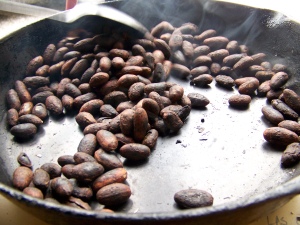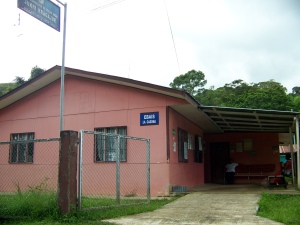Costa Rica started to get started as its own country. In March of 1856, the Costa Ricans defended their country from invasion by William Walker in the Battle of Santa Rosa, which occurred in Guanacaste. The story of William Walker is interesting, so I’m going to have a tangent here (supplied in part with information from Wikipedia, not that I endorse its use for anything more scientific!)….
William Walker was born in 1824 in Tennessee, he graduated early, spent a few years in Europe studying medicine, observed the 1848 revolutions in Europe, returned to finish a medical degree at University of Pennsylvania, practiced in Philly, moved to New Orleans, became a lawyer, edited a newspaper, moved to California….sounds rather normal so far, right?
Well, he apparently had done as much as a normal person would ever want to do, so he then moved on to deciding to make a hobby out of privately conquering Latin America.
He started by taking over a small part of Mexico and declaring himself president of the region. He was forced out by the Mexican government, sent back to the US, tried for starting a war that violated US principles, acquitted, and moved on to planning some more. At the time, there was a war in Nicaragua, and he saw an opportunity. He recruited over one thousand men and started on the way to controlling (he was in southern Nicaragua, where most of the population is, and which happens to be near the Costa Rican border). Costa Rica declared war on William Walker, Walker sent a small army to invade Costa Rica, but the invaders were defeated in the Battle of Santa Rosa in March.

La Casona, Santa Rosa
In April, Costa Rica sent forces into Nicaragua and defeated some of Walker’s troops in the Second Battle of Rivas, Juan Santamaría played a key role (remember this name). Walker at this point had declared himself the president of Nicaragua. His policies were put in place to encourage people to immigrate to Nicaragua, particularly spun towards Southerners who were interested in spreading slavery.
Eventually, his time was up. His policies were weakening, people were revolting, and in May of 1857, he surrendered to the US Navy. When he arrived in New York, he was considered a hero, but then blamed the Navy for his “failure”, and lost popular opinion. He tried to go on another spree, but was retrained by the Navy. Eventually he returned to Central America, but was taken into custody by the British Navy because they considered him a threat to their own intentions. The British Navy gave him to the Hondurans, who decided he should be shot by a firing squad (seems this was the preferred method at the time, remember Pablo from “History of Costa Rica, Part 1”?). Walker was 36 years old when he was killed on 12 September 1860.
Back to Costa Rica….
Juan Santamaría (the name you were supposed to remember from the Walker tangent) was a young man who joined the forces against William Walker. He was a drummer but gained his fame by setting fire to the camp of Walker’s men. Juan did not survive the incident, but did became a national hero. There is a statue dedicated to him in Alejuela, his birthplace. However, the interesting thing about the statue is that Juan’s likeness is in Haiti, while another similar statue (that was commissioned at the same time) is actually in Alejuela. At some point, the two were confused, and Costa Rica wound up with a statue wearing a non-Costa Rican outfit, which no one noticed initially. Apparently, even after some one did notice, it was not a big enough deal for them to switch it!

Monument to the Heroes, Santa Rosa
I’ve about had my fill of writing about history (I mean, after William Walker’s escapades, anything is bound to be boring in comparison!), so here we go in super-fast-forward….
So, after William Walker and Juan Santamaría, there were some governmental changes, including a new constitution in 1871. Education was made mandatory, water and electricity access were improved, and reforms were common. After the depression the most influential players were the government, the Communist party, and the Church (Catholic).
Rafal Guadia was the president from 1940-1944 and started lots of good things: UCR (Universidad de Costa Rica, the national university), Caja Costarricense del Seguro Social (Caja, the social health system), and labor laws.
After a 5 week Civil War in 1948, the Communist Party was ultimately banned, the army was abolished, and a new Constitution was constructed based on the one from 1871.
A variety of men were presidents, including Oscar Arias (who won a Noble Peace Prize), who was a president in the 80s, and is the current president (you can read more about him here: http://nobelprize.org/nobel_prizes/peace/laureates/1987/arias-bio.html).
That more or less brings us to today, with not so much emphasis on the last century (sorry!). More about Costa Rica in the next post….
